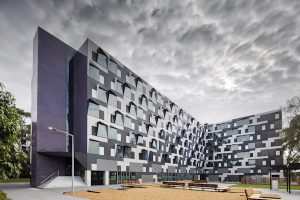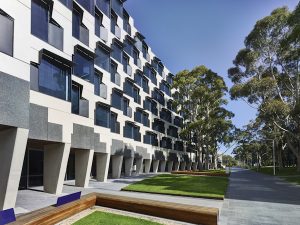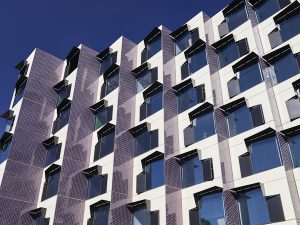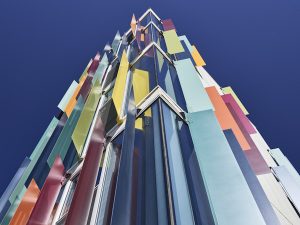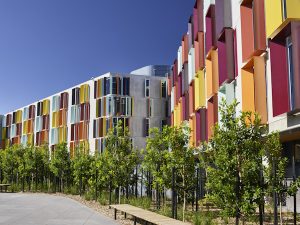Interpon Textura® completes Tait’s award-winning outdoor lounge range
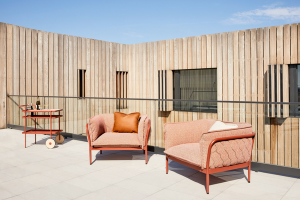
Coated in Interpon Textura® Headland
There’s no doubt Australian’s love the outdoors, with the climate often hailed as one of our country’s best features. However, as always the good must come with the bad; with the sunny summer days and mild winter months coming hand in hand with some of the most extreme weather events in the world.
Not that that scares us off from taking full advantage of the great outdoors. For a long time, our backyard enjoyment has been synonymous with a barbie and some weathered furniture, visibly having served their rites of passage more than once over.
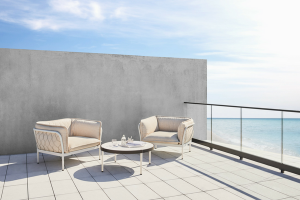
Coated in Interpon Textura® White
Maybe this doesn’t need to be the case anymore. Maybe we’ve grown up, having learned a few lessons about design along the way and bettered the infamous Australian Ugliness that Robin Boyd called our attention to over 50 years ago.
“Refined luxury, alluring forms and sensory detail” are characteristics not always associated with outdoor furniture, or an ability to withstand some of the harshest weather conditions at all. And yet Tait’s range, and particularly their latest collaboration with Sydney designer Adam Goodrum, ‘Trace’, has produced exactly that – even picking up the prestigious Best Product Award at this year’s Denfair.
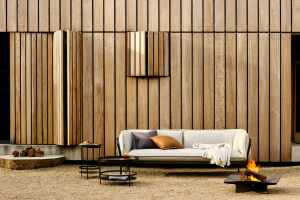
Coated in Interpon Textura® Black
“[Adam’s] style is very tactile; the whole range had to be very tactile and warm and friendly,” said Susan Tait, Creative Director at Tait, a premium and contemporary Australian outdoor furniture designer and manufacturer.
“The process was very much a collaboration,” Susan acknowledged, with numerous breakfast phone calls with Adam and plenty of trips between Melbourne and Sydney, where Adam is based, along with visits to suppliers and manufacturers in order to find the ideal materials that would hold up to the Australian climate and look good doing it.
“The technology behind Trace is amazing. It’s because the materials available today are at such a high standard now that we can even consider making a product like this.
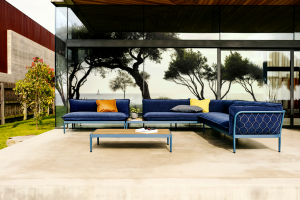
Coated in Interpon Textura® Deep Ocean
“When it came to the powder coat, we were trying to find a textured powder coat [to fit that need for tactility] and it was really great timing. [Interpon] launched Textura® around that time and my factory manager came up and told me. “Oh, we’ve just got these samples in!” I nearly fell over.
“The colors were just perfect. We used three of the standard colors and had Interpon make up a custom color, which was fantastic. And because of its properties – scuffing resistance and all these sorts of things that you normally have trouble with when powder coating, [Textura®] really completed the range.”
Interpon Textura® is a robust new range of powder coating solutions from Interpon Powder Coatings. Textura® was designed specifically for outdoor applications, imbued with an ‘anti-mar’ finish to protect the surface from abrasions. The exterior grade coating is made here in Australia and is ideal for all manner of surfaces wherever performance and protection are required, such as outdoor furniture, window frames, and fencing, among others. All of the Interpon Textura® range is VOC and lead-free.

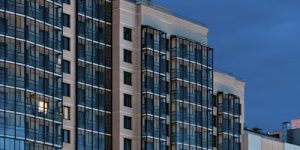
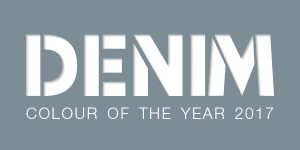
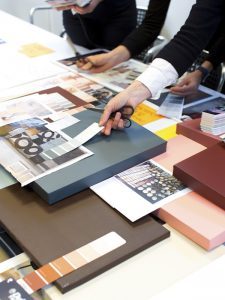


 The complete removal of plastic from the world’s oceans has moved a step closer after
The complete removal of plastic from the world’s oceans has moved a step closer after 










